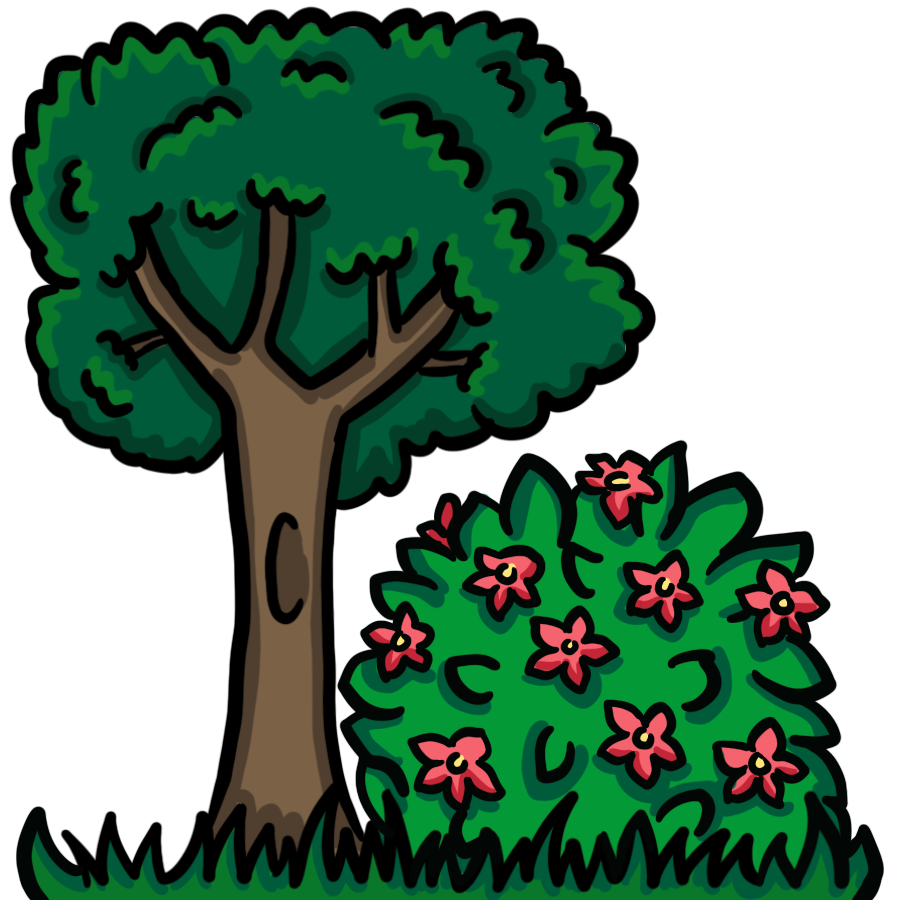Lawn Overwatering
- KR Creative Team
- Sep 28, 2022
- 3 min read
Updated: Mar 22, 2023
Are you overwatering your lawn? Most people are.
According to the EPA, 50% of the water homeowners use outdoors is wasted. One of the most common reasons this happens is that water is wasted by people overwatering the grass in their lawns. The amount of water that lawns need in addition to the water naturally accumulated from rainfall is far less than they think. This is especially true when considering the properties of the cool-season, drought resistant turf grass varieties dispersed in the Pacific Northwest region.

If you’re unsure whether or not you may be overwatering your grass or grass seed, a tell-tell sign to look out for is lawn discoloration. You may notice some of your grass turning a yellowish color or find patches of brown spots throughout your lawn. A common mistake homeowners make is thinking that these mean their lawns needs more water, more frequently, when the opposite is true!
Grass that is watered too much will start to curl and turn brown. This is because the grass is incapable of taking in the amount of water being given to it. Too much of this overwatering, and your grass will start to die.
Additional signs you are giving your lawn too much water include: - Wet or soggy soil beneath the lawn - A springy/spongey feel to the grass when you step on it - Wilting grass that takes in very little water when you try to give it some - Observing excess water that runs off into the sidewalks, non-grassy areas of your landscaping, or driveway
Of the 50% of outdoor water use that is wasted by most households, runoff caused by landscape irrigation systems counts for most of it. Much of the wasted water could be prevented by simply understanding and practicing more efficient watering methods.
To minimize water waste, maintain a healthy lawn, and create a yard that is more aesthetically pleasing, there are a few best care practices you can implement right away.
For instance, we recommend planting regionally native plant species alongside your turf grass. These plants require little water beyond what is naturally supplied with rainfall common to the area, and they will help with the overall curb appeal of your home.
When you do water your grass, only water it for 15-minute increments at a time. Schedule your watering for before 10:00 a.m. in the morning for the least evaporation and heat stress avoidance. Using smart watering practices not only reduces runoff but can also decrease the need for pesticides and fertilizers.
You don’t need to water your grass every day! Most homeowners water their lawns more than they need to, further contributing to water waste. In fact, grass lawns grow stronger when watered less frequently because this causes their roots to grow deeper in the soil.
When you do water, the goal is to moisten as much of the root zone as possible. You can check this with a trowel after watering to see if the moisture goes as deep as the roots. This usually required 1/3-1/2 inches per session depending on the amount of sun or shade exposure to the lawn area. Include rainfall and seasonal temperature variations in your planning and allow time for your grass to dry between watering sessions.
Performing some tests to discover what is more optimal for your lawn. By following the guidelines in this article for watering your lawn, you will not only eliminate much of the unnecessary water waste that comes from overwatering, but you will also be rewarded with a healthy, beautiful lawn you can enjoy from the beginning of Spring through the end of Fall.





Comments